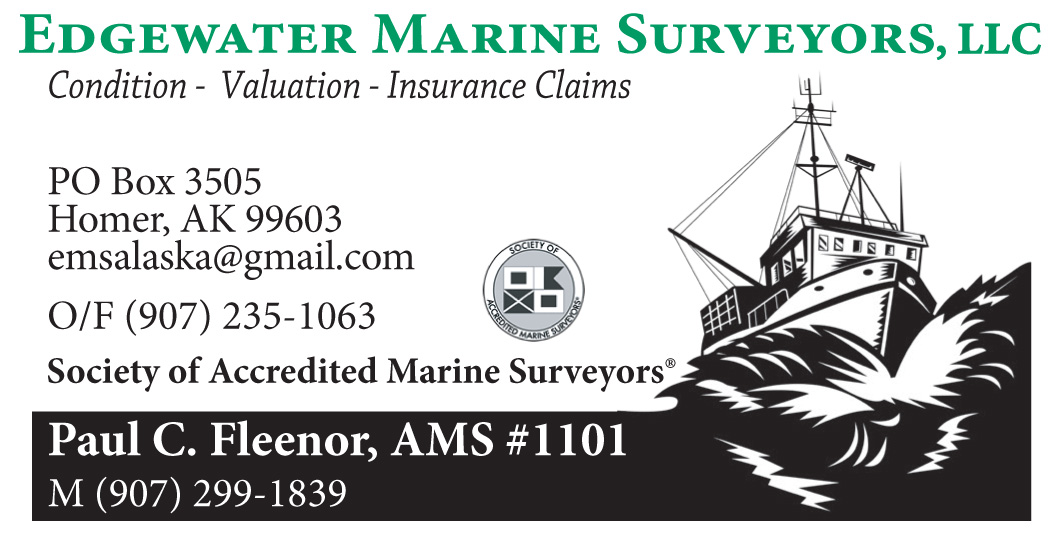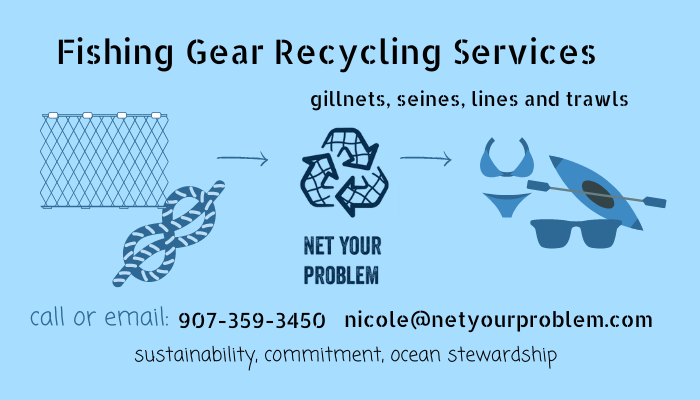This Week's Fish News
December 4, 2023
NMFS issued the final rule to implement Amendment 123, abundance-based management (ABM) of halibut in the Bering Sea. This will tie the Amendment 80 trawl sector's prohibited species catch limit for halibut to halibut abundance; in times of low abundance, A80 trawlers will have a lower bycatch limit than in times of high abundance. Until now, they've had a fixed limit of 1,745 mt that they've historically been allowed to catch regardless of how much halibut is in the water. The new rule takes effect January 1, essentially holding the A80 trawlers to the same standard as every other commercial, subsistence, and sport halibut user. Honestly my only question is, why did this take so long?
Okay, I lied, I have another question. If the halibut bycatch limit for A80 trawlers is tied to abundance, what happens when the IPHC is so broke that it can't afford to survey the Bering Sea to determine just how much halibut is actually out there?
After announcing obstacles to the city's harbor expansion plans earlier this fall, the Homer City Council passed a resolution on Monday supporting continuation of the feasibility study and setting aside the required additional funds.
In Kodiak, the City Council is voting today on awarding the first major contract for the St. Herman Harbor replacement project, which should kick off the project in earnest.
In Sitka, plans for the new haulout and boatyard are being adjusted in order to keep the project within budget in the face of increasing costs.
Scientists have found new evidence suggesting that recent marine heatwave events may have negatively impacted chum salmon in the eastern Bering Sea and the Gulf of Alaska, both in terms of survival rates for juvenile chums and return rates of adult chums to western Alaska rivers.
The Biden Administration announced they will nearly double the amount of H-2B visas available for 2024, which the seafood industry relies on for many seasonal processing positions.
The Alaska Fisheries Development Foundation (AFDF) appointed Kristy Clement of Kodiak as their new CEO.
Seafood News founder John Sackton's recent opinion piece argues that seafood producers, specifically of pollock and shrimp, are likely to upend markets with their attempts at political intervention.
ADFG Commissioner Doug Vincent-Lang held a bycatch town hall meeting in Homer on Monday. I attended the meeting, and after a couple hours of listening to fishermen make thoughtful and reasonable requests of the department, my main take away from the commissioner's responses was "we're looking at it." Two recent opinion pieces seem to agree. This one argues that the state should actually do something about bycatch, rather than "looking at it" and this one comments that Vincent-Lang's characterization of what the NPFMC has done on bycatch as 'meaningful action' is a "comedy of the tragic type."
This week's Alaska Fisheries Report: Federal lawsuit against the state, aquaculture class in Petersburg, and the philosophy of crab C Shares.
In a new Japanese study, AI was consistently able to distinguish between male and female horsehair crabs with astonishing accuracy, paving the way for more cost-efficient fisheries and easier conservation efforts. Imagine if electronic monitoring footage could be reviewed by AI in real time!
A few time-sensitive reminders:
AMSEA has Fishing Vessel Drill Conductor classes coming up in Newport Dec 5-6, and Anchorage Dec 8.
The Alaska Young Fishermen's Summit will be held December 5-7 in Anchorage. It's not too late to register, and given the political, environmental, and economic climate we currently find ourselves in, the Summit has never been more critical.
Be sure to check out the dates below for other upcoming deadlines and events!






